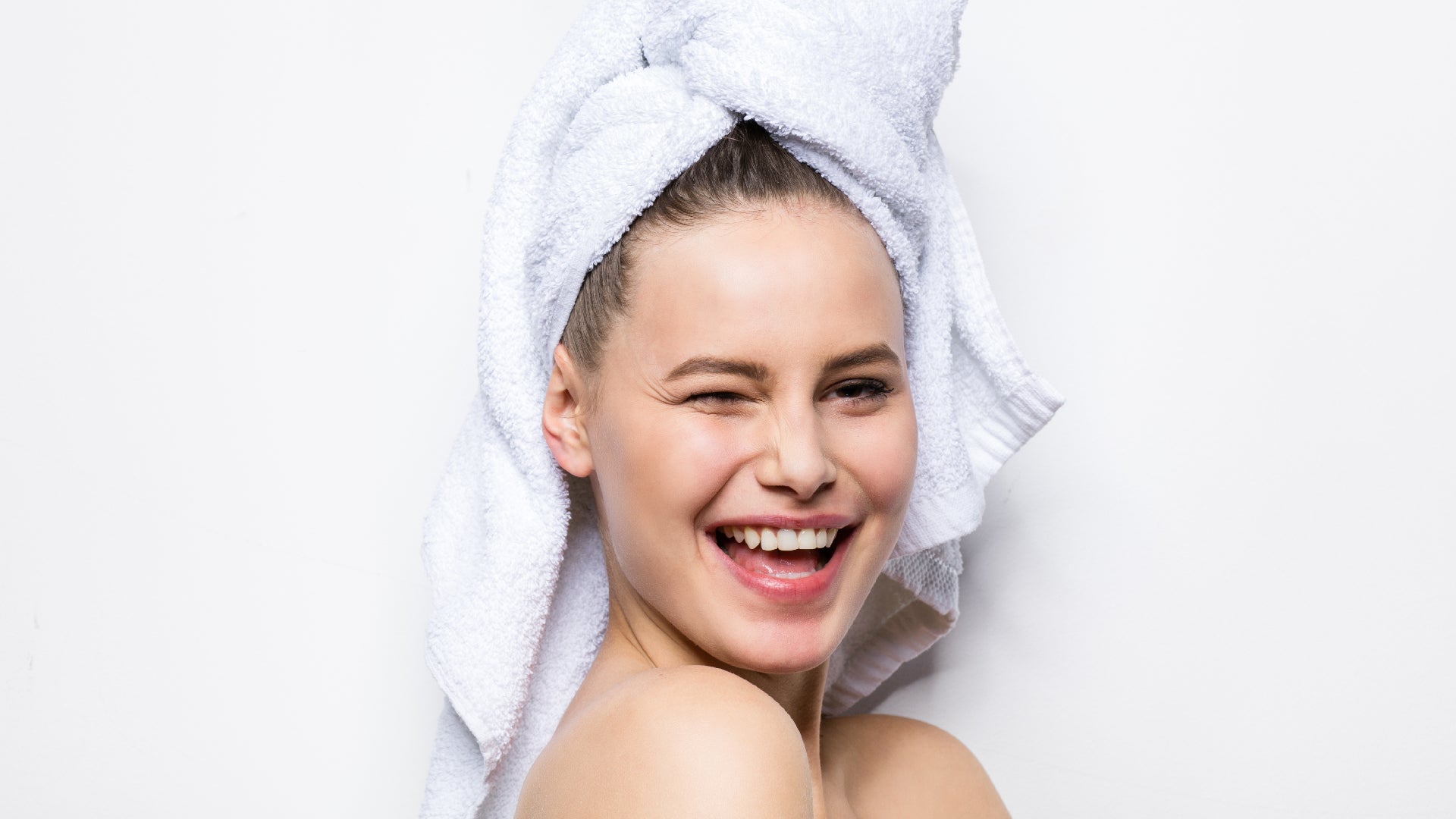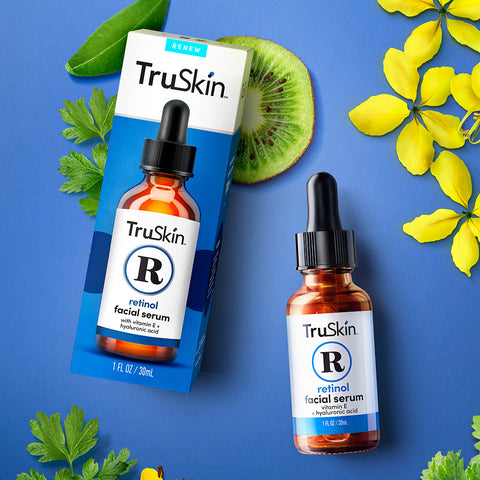
Our Best Advice For Dealing With Acne Scars
Getting to grips with acne scars is not as hard as you think. You just need to know where to turn.
Whether you have scars from teenage acne or are worried your adult acne could be causing your skin long-term harm, here’s everything you need to know in order to stay ahead of the acne scarring game.
Firstly, what causes acne scars? Well, they’re the result of inflammation in the skin due to pimples and blemishes. Breakouts occur when a build-up of excess oils, dead skin cells, dirt and bacteria clogs up your pores making them swell and cause damage to the follicles, tissues and skin around them. When pimples heal, your skin goes into serious repair mode, producing collagen in various quantities in an attempt to get it structurally, functionally and aesthetically back to ‘normal’. Sadly, this doesn’t always work out as well as you’d like and often your skin produces either too much or too little collagen, resulting in bumpy or pitted skin – otherwise known as acne scars.
It’s important, however, to know that not all acne scars are created equal…
What Are The Different Types Of Acne Scars?
Many pimples come and go without leaving you scars to prove they’ve ever been there. But this is not always the case. Even if you’ve left well alone and not so much as touched a pimple, let alone squeezed, picked or prodded it, it can still cause long-term scarring. According to the American Academy of Dermatology (AAD) whether or not your acne leaves a scar is down to a number of things. Inflammatory acne, for example, which is deep, red and painful is way more likely to scar than a less serious-looking pimple – especially if left untreated. And then there are your genes. Say no more…
Acne scars also come in two different guises.
1. Atrophic Acne Scars
Atrophic scars include any kind of acne scar that’s depressed below the surface of your skin. They occur when the healing process produces too little collagen, causing a pit, dent or ‘hole’ in your skin. Atrophic scars come in all different shapes in sizes but usually fall into one of three categories: ice pick scars (narrow, almost pin-like looking scars); boxcar scars (slightly wider and rounded); or rolling scars (which create wave-like depressions across the surface of your skin).
2. Hypertrophic Acne Scars
While less common than atropic acne scars, hypertrophic acne scars are thickened areas of skin that are raised and often itchy. They occur when too much collagen is produced during the healing process and scar tissue consequently builds up above the surface. This type of acne scar is more likely to appear on your chest, back or shoulders than on your face. Which is something, at least.
Then there’s post-inflammatory hyperpigmentation (PIH) which isn’t actually scarring at all, but a whole other business. PIH is a type of discoloration that appears when some kind of trauma – in this case, acne – causes your skin to overproduce melanin and leaves you with a dark or uneven patch of skin. Unlike acne scars, PIH isn’t pitted or raised and often heals with good sun protection and the use of topical antioxidant treatments like Vitamin C Facial Serum. Let’s put a pin in PIH for now…
Why Prevention Is Always Better Than Cure
The sad news is that acne scars are notoriously hard to get rid of. Which is why avoiding acne in the first place with a gentle cleansing, balancing and moisturizing routine is super important. Our Charcoal Clarifying Cleanser is a great choice for keeping your skin clean and clear of pore-clogging debris, and try Retinol Moisturizer to improve cell turnover and keep your skin healthy and moisturized.
Of course, you can never tell if a pimple will scar or not, but if you do get one, avoid picking at it because this really won’t help. Instead, stop it from getting worse by spot treating with Tea Tree Super Serum+. This smart treatment contains salicylic acid and tea tree oil to keep your pores clean, plus healing aloe and hydrating hyaluronic acid to stop your skin from drying out. Also, look out for anti-inflammatory ingredients across your whole regime – think ceramides, green tea, chamomile and niacinamide (oh, hi there Niacinamide Serum).
How To Help Treat Acne Scars
Too late to employ the ‘prevention is better than cure’ rule? Don’t sweat it, there are still plenty of options for helping to treat, fade or smooth out existing acne scars.
At Home
Unfortunately, skincare alone can’t totally heal acne scars. However, some things will certainly help fade discoloration and give your skin a smoother appearance. Gentle exfoliation, for one, is a great way to improve your skin’s texture by sloughing away dead skin cells and improving cellular turnover. Facial scrubs are the obvious choice, but chemical exfoliation is also very effective. Again, our salicylic acid-enriched Tea Tree Super Serum+ is a great shout, but if you’re applying it all over, use it just two or three times a week – it’s potent stuff.
Make sure your routine also contains retinol in some form. As well as helping to speed up collagen production and cell regeneration for healthier, smoother skin, retinol is fabulous for fading uneven skin tone. Try our Retinol Facial Serum in the evenings when you’re not using your tea tree serum.
At The Derm’s Office
Serious acne scars are going to need more than great skincare, so if yours are getting you down and won’t go away, pay a visit to your dermatologist for advice on how best to treat your particular concerns. Dermabrasion, microdermabrasion and chemical peels are awesome for resurfacing your skin and encouraging fresh, new skin cells to grow, whereas dermal fillers can significantly help reduce the appearance of pitted, atrophic scars. You could also try laser resurfacing, microneedling or even surgery.
The options as they say, are endless.
















